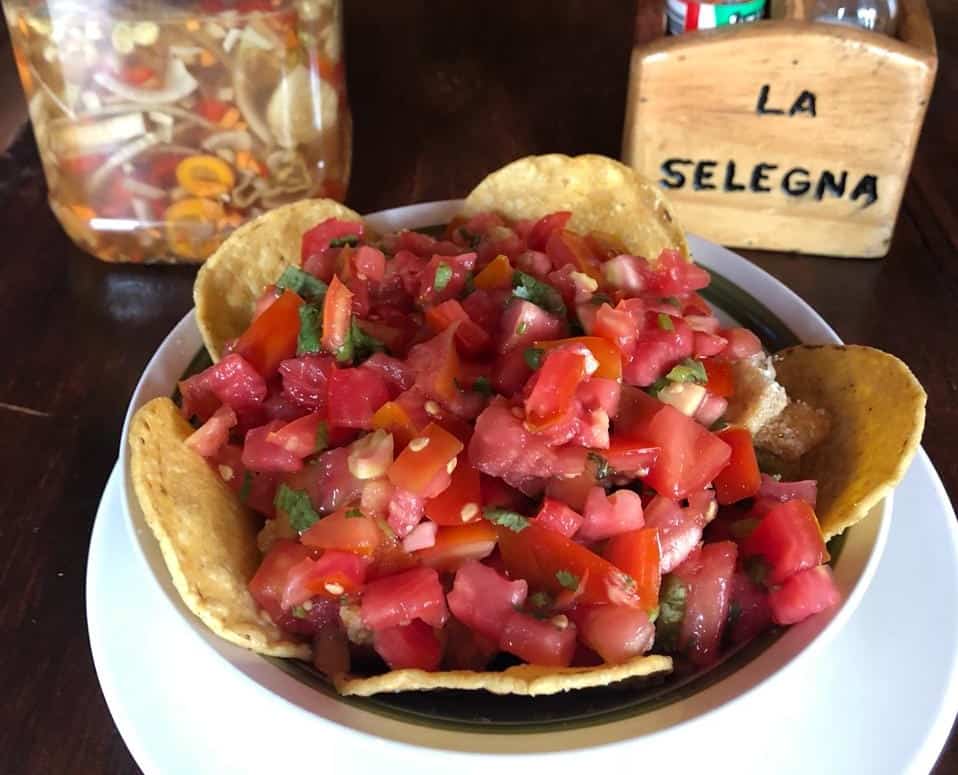Once upon a time in Costa Rica, you could walk into a bar, order a beer, and receive a free boca – a small portion of food to enjoy with your drink. Quality varied depending on the cantina. A small bar in the campo might offer sustancia, usually some sort of broth with a few beans or a small chunk of mystery meat.
Bigger establishments provided small boca menus. You could choose between a small chicken drumstick, a sweet pepper stuffed with egg and a little ground beef, a modest portion of chicharrón with yucca, chips and salsa, maybe even a mini-ceviche if you were on the coast.
The best boca place I found was Bar México, a large corner restaurant in the heart of Barrio México, an older neighborhood north of downtown San José. Their specialty was beef bocas, and they got larger and tastier with each round. After a few beers, I was as full as if I had ordered a full meal.
Many of us became boca connoisseurs, exchanging tips on where to find the best bars in the greater San José area and in smaller towns tucked into the mountains or along the coast. But economic realities set in. You can still get all the same bocas at many bars, but they’re no longer free. As for Bar México, it no longer exists — perhaps bankrupted by its generosity.
When I first arrived in Costa Rica, I remember seeing so many restaurants advertising “Cocina de Leña” that I assumed Leña must be the wealthiest woman in the country. I confused leña with Lena, as in Lena Horne. Eventually, I was told leña meant wood-fired cooking. Those types of places still exist, but they’re not as common as they once were. Faster, more efficient — and more generic — cooking methods have taken over.
A friend told me that in San Rafael de Heredia, there are now 15 different places offering fried chicken. During my wanderings there, I didn’t find a single restaurant offering the once-common Cocina de Leña.
Pizza has always been a favorite of mine, and these days there’s no shortage. You’ve got the international chains like Pizza Hut and Papa John’s, the authentic Italian spots, and the uniquely Tico white-cheese versions.
But I remember when pizza wasn’t easy to find. There were no chains, and local cuisine meant traditional plates — hearty casados, seafood, and meats cooked over leña fires. Even in San José, with its international crowd, there were only a couple of pizza options downtown.
Now, it’s not just pizza — fast food of every kind is everywhere. McDonald’s, Starbucks, Krispy Kreme. You name it.
There are definitely more dining options today, whether you’re sitting down or grabbing something to go. Whether “more” means “better” depends on who you ask — and how hungry they are.

